Architectural Design Insights: Exploring the Fusion of Form and Function
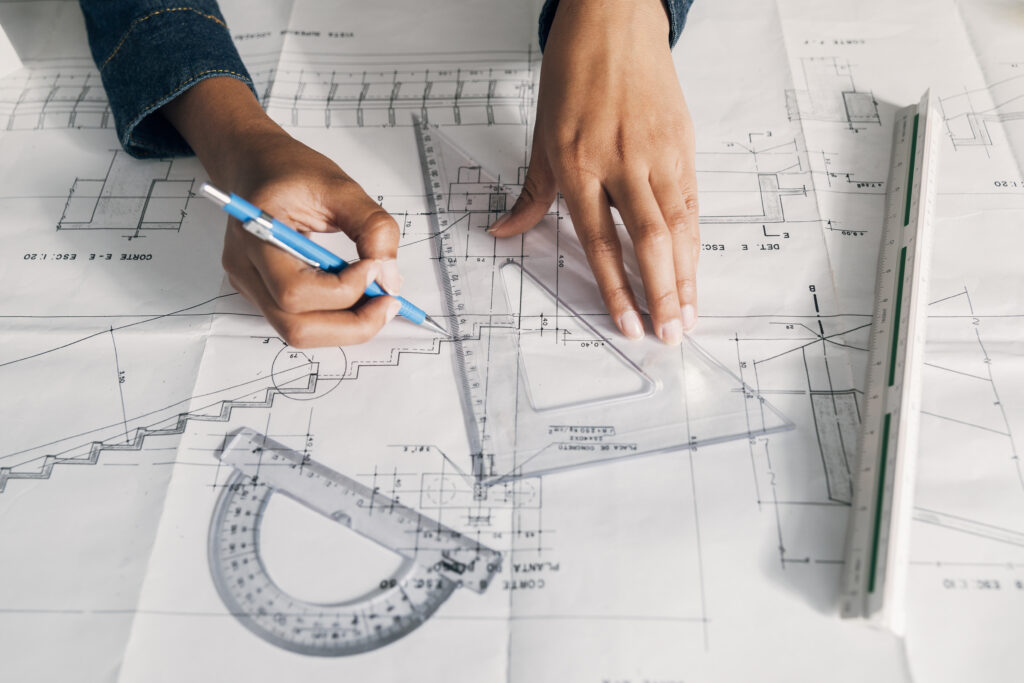
The realm of architectural design is a testament to the harmonious blend of beauty and utility, especially evident in house plans. Today’s architects face the challenge of creating plans that not only capture the essence of modern aesthetics but also cater to the intricate demands of practicality. In this context, tools like a number sequence calculator can be invaluable, assisting architects in accurately computing dimensions and proportions, essential for balancing aesthetic appeal with functional design in their architectural projects. This blend is a meticulous process, involving a deep understanding of the client’s needs, the potential of the site, and the latest trends in building design. Each house plan is a unique narrative, a story woven by architects who carefully balance form with function. The creative process is central to this, involving not just the architects, but also designers and clients, all contributing to the creation of a perfect plan. The design development phase is critical, as it is here that ideas are transformed into tangible blueprints. These blueprints are not mere drawings but a confluence of dreams, practicality, and artistic vision, aimed at creating spaces that are not just buildings but homes. Writing paper online by PaperWriter offers a tailored service for individuals exploring “Architectural Design Mastery.” This platform aids students and professionals in articulating complex concepts, innovative designs, and critical analyses related to architectural excellence, ensuring each paper reflects a deep understanding of architectural principles and their application in creating impactful spaces.
The Role of Energy Efficiency in Modern Architecture
In the contemporary architectural landscape, energy efficiency has emerged as a cornerstone. The architectural designs of today are increasingly focused on incorporating energy-efficient features such as optimized air conditioning systems, sustainable materials, and intelligent space utilization. This focus extends beyond the mere functionality of buildings, it represents a commitment to environmental stewardship. Architects and designers are constantly exploring innovative ways to integrate energy efficiency into their projects, making it an integral part of the design process. The challenge lies in balancing aesthetic appeal with energy efficiency, ensuring that the building design does not compromise on either. This is a complex task, requiring a deep understanding of various energy-efficient technologies and materials, along with a creative approach to integrating these elements into the overall design. The goal is to create buildings that are not only cost-effective in terms of energy consumption but also contribute positively to the environmental landscape.
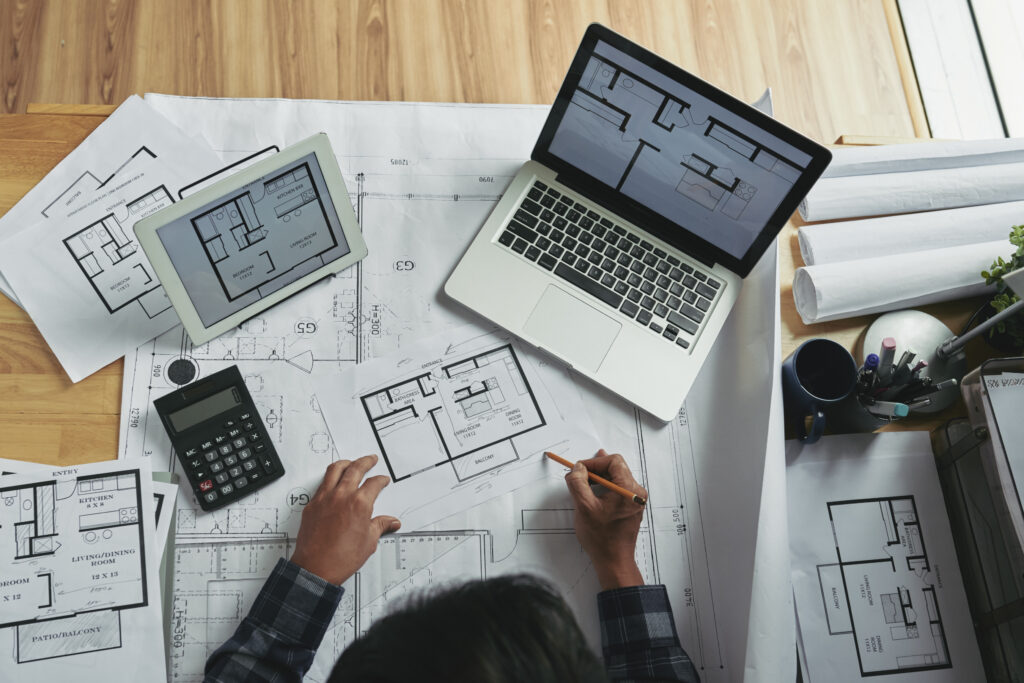
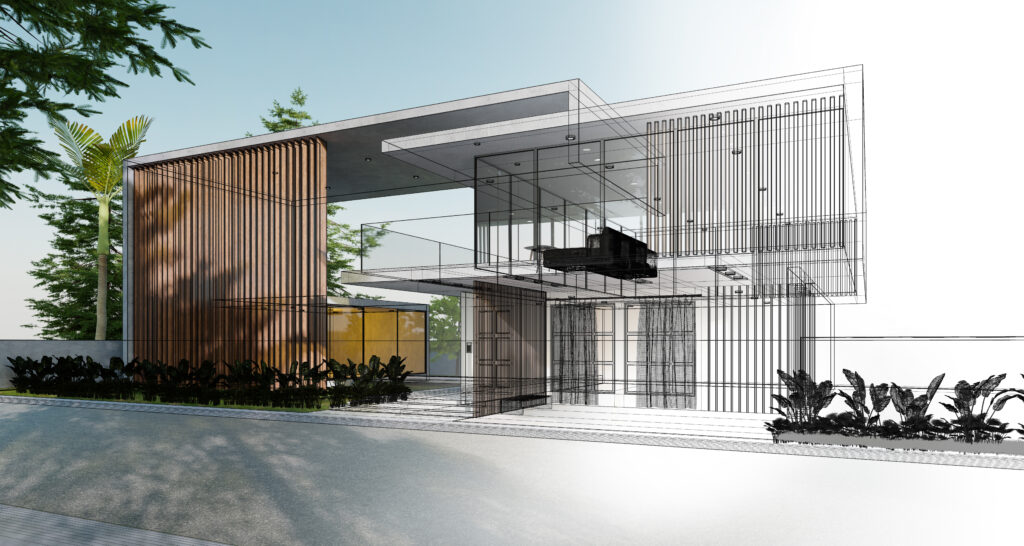
Integrating Nature and Architecture for Sustainable Design
The integration of nature into architectural design is a rapidly growing trend, driven by a growing awareness of the importance of sustainable design. Architects are now looking beyond the conventional boundaries of building design, exploring ways to harmonize their creations with the natural environment. This approach involves using natural materials, incorporating green spaces, and designing buildings that interact positively with their surroundings. The process is a meticulous one, requiring a deep understanding of the site’s natural characteristics and how to best preserve and enhance them. The design development phase in these projects is particularly challenging, as architects must find innovative ways to integrate natural elements without compromising the integrity and functionality of the building. This integration not only enhances the aesthetic appeal of the building but also contributes to its sustainability, creating spaces that are in harmony with the environment and promoting a healthier lifestyle for occupants.
Navigating the Complexities of Urban Architectural Projects
Urban architectural projects present a unique set of challenges and opportunities. In densely populated urban environments, architects must navigate a complex array of factors, including building codes, space constraints, and the diverse needs of urban populations. These projects require a high level of creativity and innovation, as architects work to create designs that are both aesthetically pleasing and functionally efficient. The process involves a careful consideration of the urban context, ensuring that the building design contributes positively to the urban landscape. This often requires a collaborative approach, with architects working closely with urban planners, local authorities, and communities to develop solutions that meet the needs of a diverse urban population. The challenge is to create buildings that not only meet the practical requirements of urban living but also enhance the quality of life for residents, adding value to the urban environment.
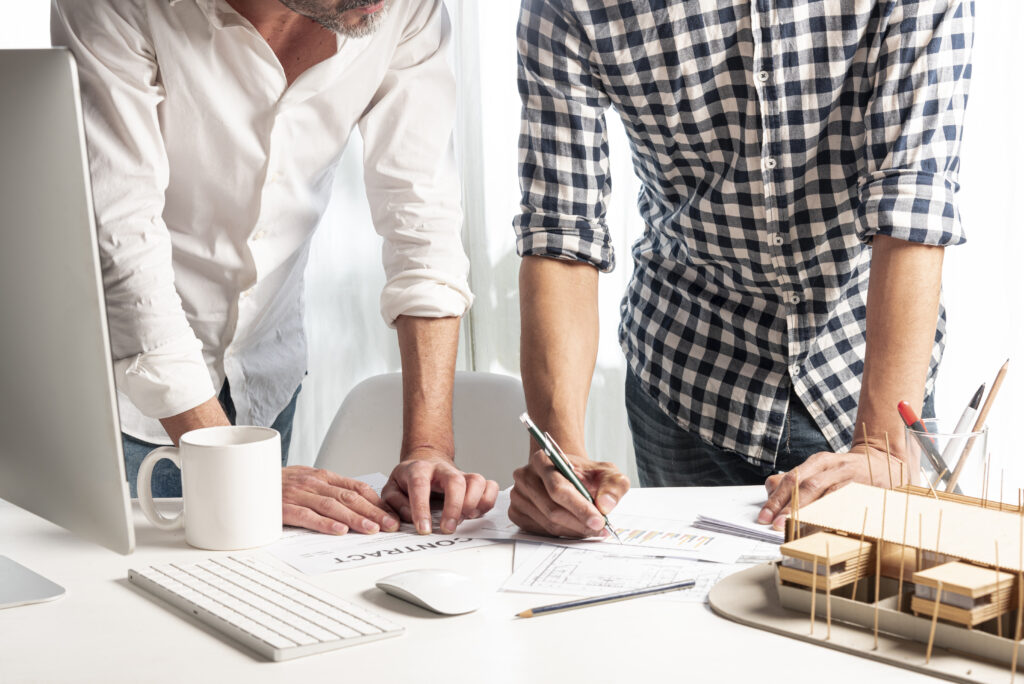
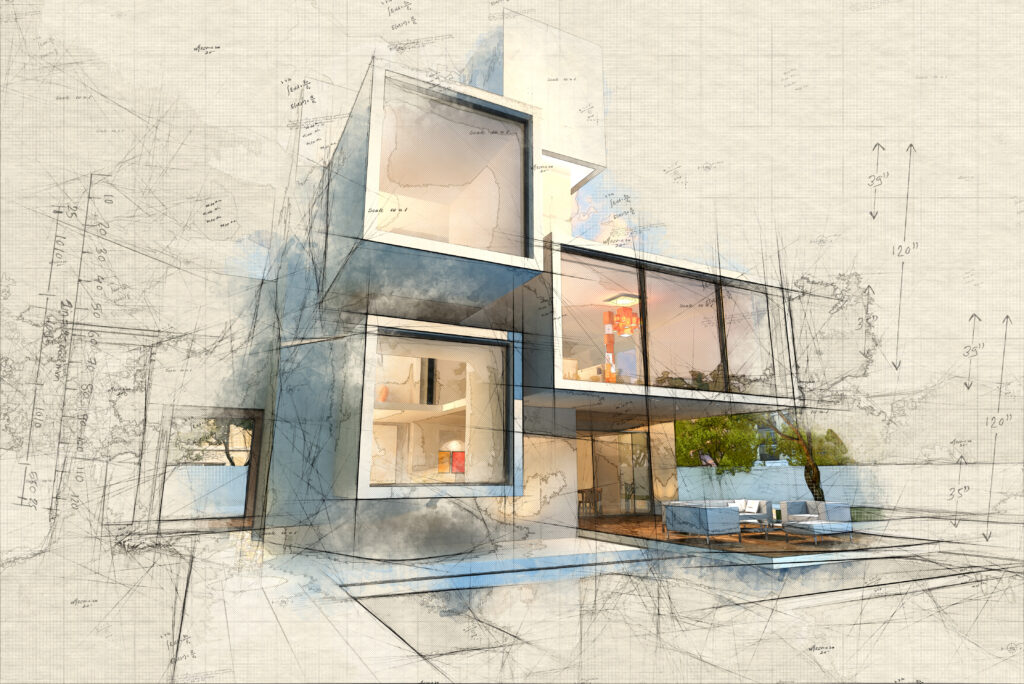
Building the Future: Insights from Our Project Team
Building the future of architecture is a collaborative effort, involving a team of skilled professionals, each bringing their expertise to the table. The project team, consisting of architects, designers, engineers, and construction experts, is at the forefront of this effort, working together to turn innovative architectural designs into reality. This team is responsible for navigating the complexities of the construction process, from the initial design phase to the final construction. They work closely with clients, answering questions and providing valuable design information to ensure that each project meets the specific needs and expectations of the client. The team’s expertise is particularly important in dealing with the technical aspects of building design, such as structural integrity, materials selection, and compliance with building codes. The collaborative nature of the team allows for a holistic approach to building design, ensuring that each project is not only architecturally significant but also practical and sustainable.
The Evolution of Architectural Materials and Techniques
The evolution of architectural materials and techniques is a continuous process, driven by technological advancements and a growing emphasis on sustainability. Architects and designers are constantly exploring new materials and construction methods, seeking to improve the quality, efficiency, and sustainability of their projects. This exploration is a key part of the design development process, as the choice of materials and techniques can have a significant impact on the final outcome of a project. The use of sustainable materials, such as recycled materials and renewable resources, is becoming increasingly common, reflecting a broader shift towards environmentally responsible building practices. In addition to sustainability, architects are also focused on innovation, experimenting with new materials and techniques to push the boundaries of what is possible in architectural design. This ongoing evolution is not only transforming the way buildings are designed and constructed but also shaping the future of the architectural profession.
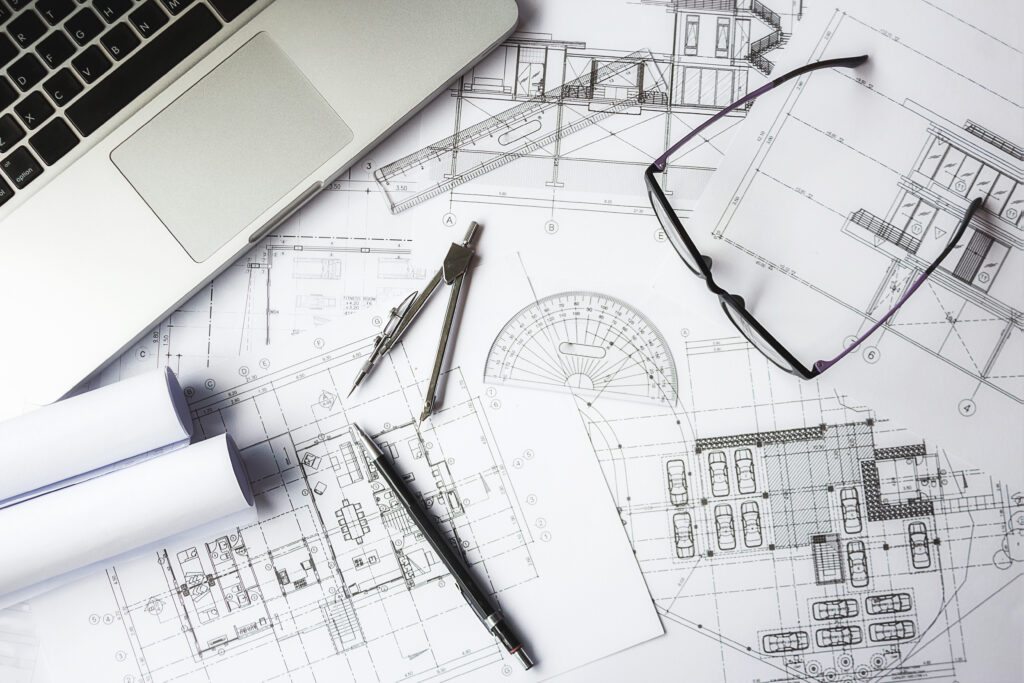
Creative Visions: A Closer Look at Our Design Team
The creative visions of the design team are at the heart of every successful architectural project. This team, composed of talented architects and designers, is responsible for translating client needs and project requirements into innovative and functional designs. The creative process is a dynamic and collaborative one, involving a series of stages, from initial concept development to final design. The team works closely with clients, engaging in a dialogue to understand their vision and objectives. This collaborative approach allows the team to create designs that are not only aesthetically pleasing but also tailored to the specific needs and preferences of the client. The design team’s expertise is particularly important in addressing the challenges of modern architecture, such as integrating technology, ensuring sustainability, and responding to the changing needs of society. The team’s creative visions are a reflection of their commitment to excellence and innovation in architectural design.